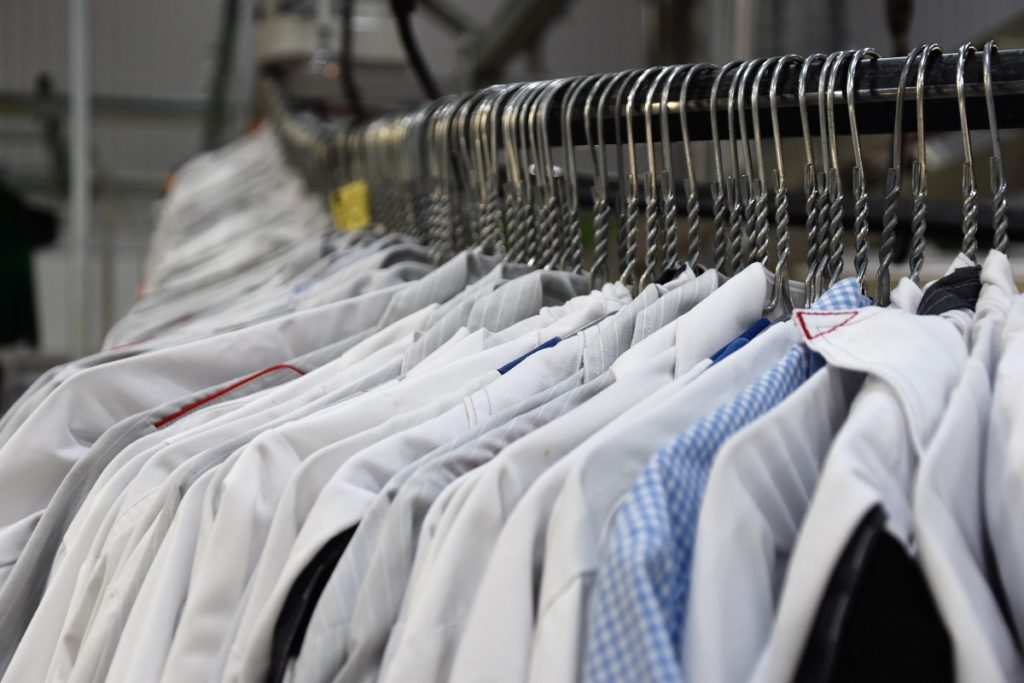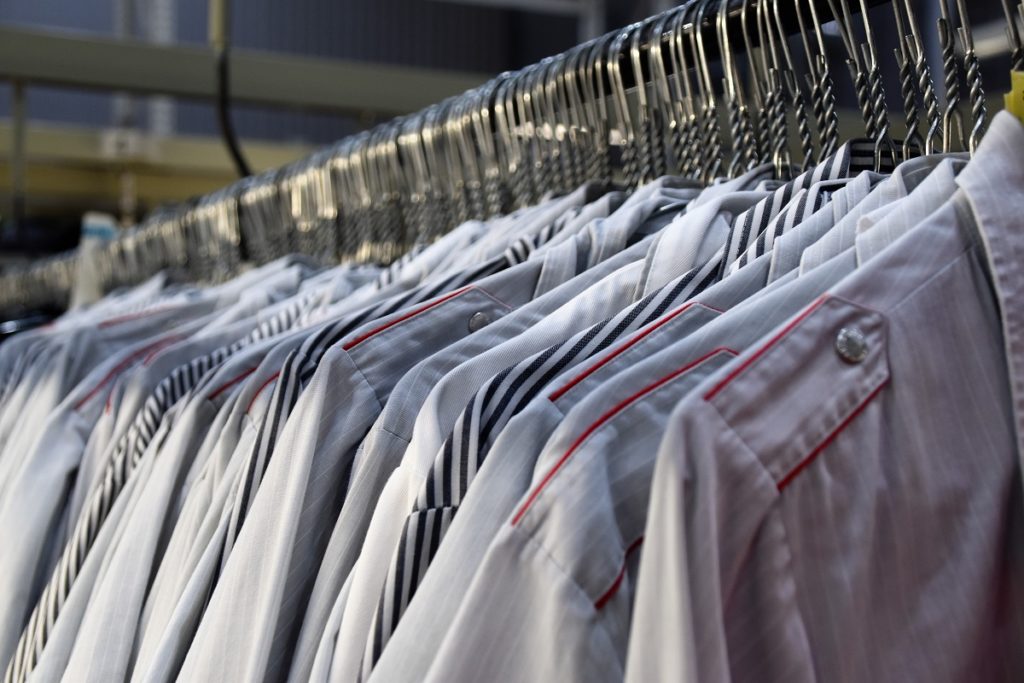Have you ever bought a piece of clothing without looking at the care instructions? You’re not alone. Many people in Illinois often do. Unfortunately, not looking at the care tag usually ends in regret. And this is especially true upon seeing “dry-clean only” on the instructions.
In today’s article, you will learn what type of clothes should be dry cleaned even without looking at the care instructions. You can also contact local dry-cleaners to learn more about what kinds of clothes should be dry-cleaned.
Clothes for Dry-cleaning
Wool and silk are first on the list. They are both natural materials, which makes them durable fabrics. However, they are categorized as delicate fabrics when it comes to washing or cleaning.
Both wool and silk can be hand-washed. Use a mild detergent when washing them. With silk, you can use either hot or cold water. Be careful because its color can bleed out and stain your hands or other clothes. As for wool, you can only use cold water because hot water can cause it to shrink.
To prevent any problem with washing wool or silk, your best option is to choose to dry-clean instead. With proper care, your silk or wool clothes will last you a lifetime.
Rayon, second on the list, is made from purified cellulose fiber, which is semi-synthetic. You can also handwash clothes made from rayon, but it’s generally safer to dry-clean them. Like with silk, its dye can bleed and stain other clothing. It can also lose its shape once it’s washed in warm water.
Next is linen, the staple fabric in the summertime. Because it’s made from flax fibers, clothes made from linen are fresh and crisp when worn during hot weather. To maintain their clean finishing and crispness, always have them dry-cleaned. If you prefer to handwash them, they should be ironed after washing in cold water and air drying.
Finally, wash other delicate clothes made from cashmere, muslin, and suede. All garments with beads, sequins, and embroidery should be sent to the dry-cleaners as well.

When Dry-cleaning Isn’t Needed
Cotton clothing doesn’t need dry-cleaning, so they’re safe. You can choose cotton fabric for all your clothing if you want to be sure. Other materials that don’t need dry-cleaning are synthetic fabrics such as acetate, acrylic, spandex, nylon, and polyester.
Cotton and synthetic fabrics can be washed with cold or warm water. Make sure to wash cotton clothes with similar colors only. And don’t put synthetic fabrics in a hot dryer. They can permanently wrinkle, so make sure to go low on drying.
As a general rule, natural fabrics can both be hand-washed or dry-cleaned. However, because of the complexities of each type of cloth when washed in water, it is best to dry-clean them.
Clothes used for dressy occasions, or delicate garments such as chiffon and satin dresses, should be dry-cleaned, too. They can get ruined in a washing machine.

